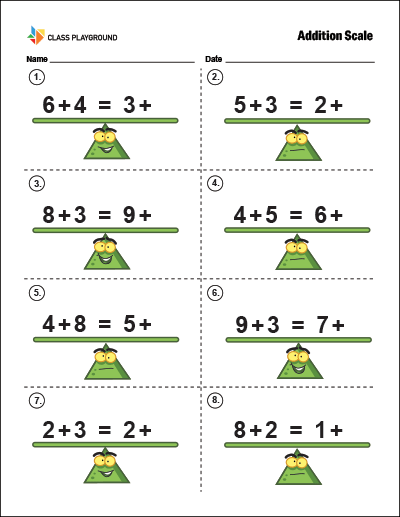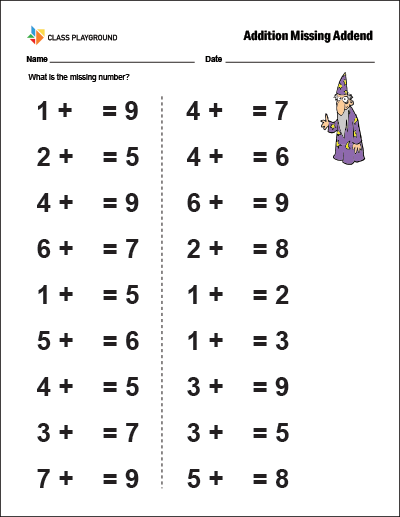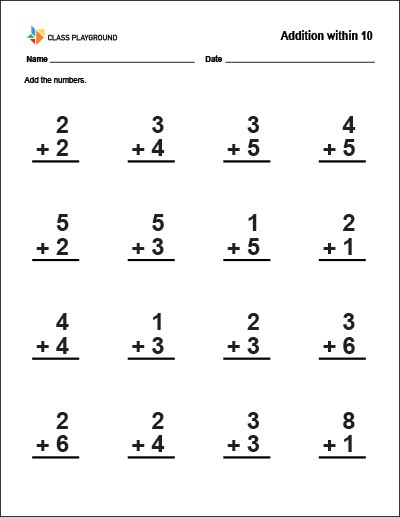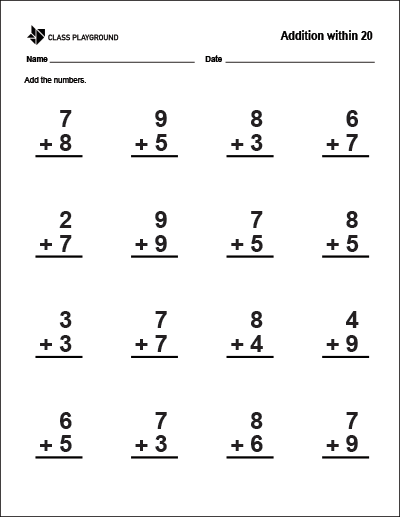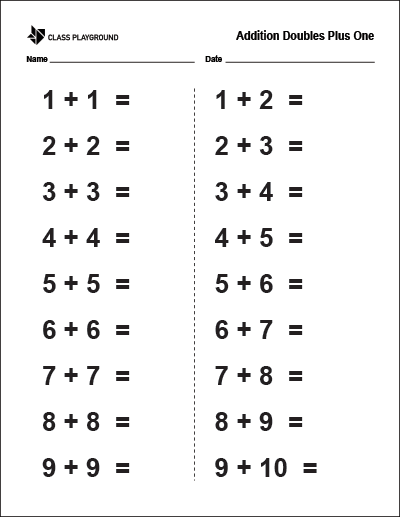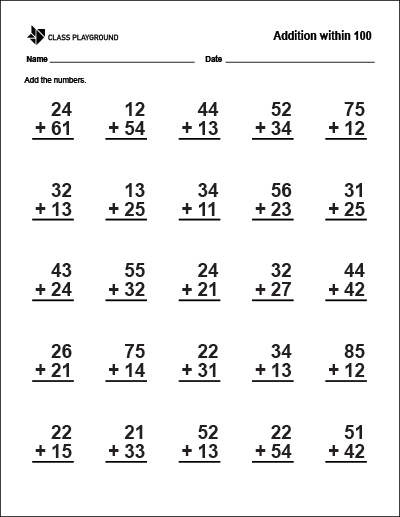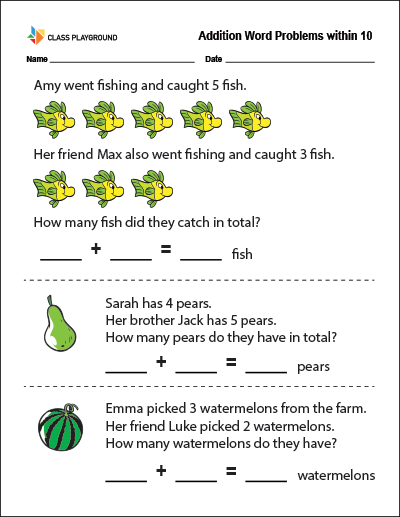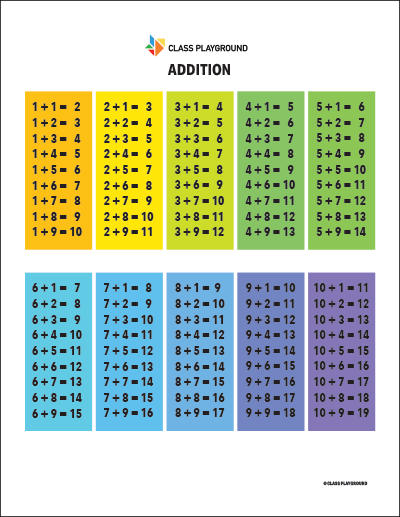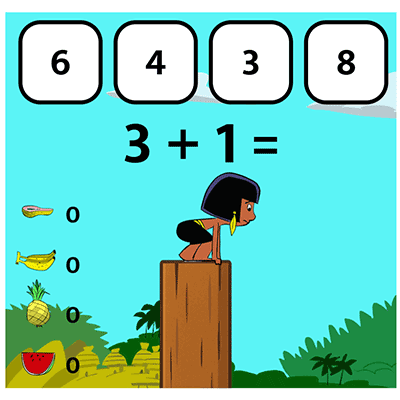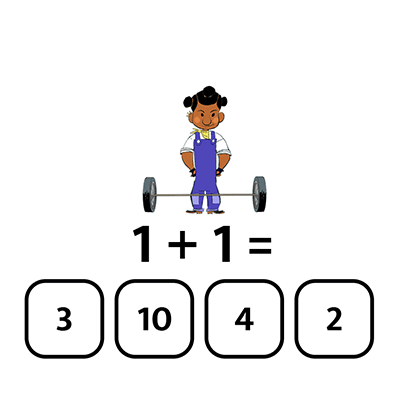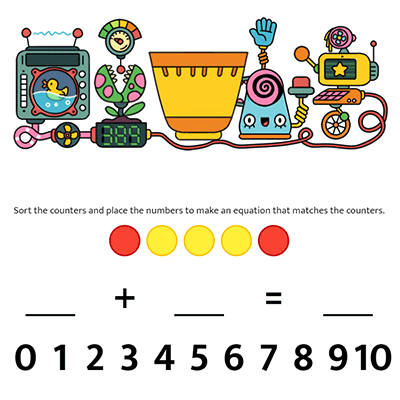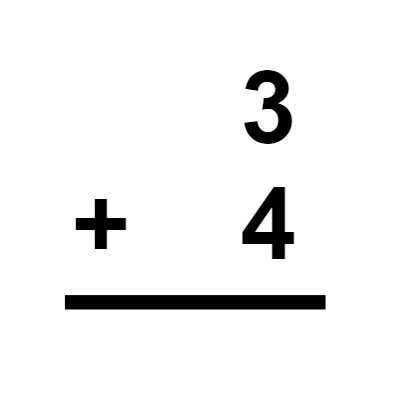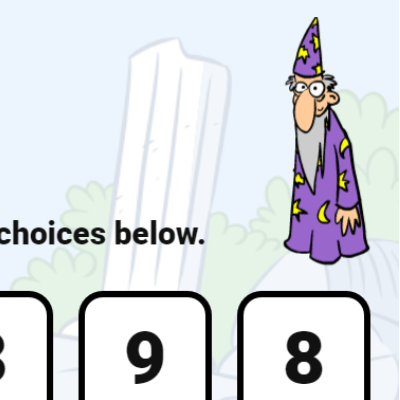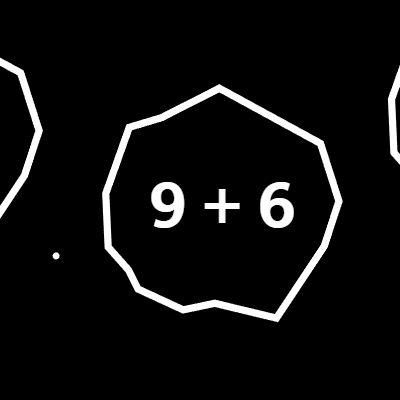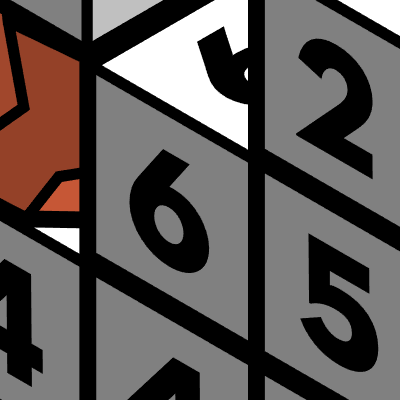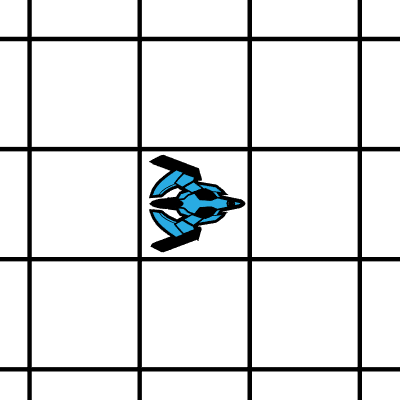What Is Addition?
Teaching addition is one of the first steps in building strong number sense for young learners. Addition is the process of putting numbers or quantities together to find a total, also called a sum. It is one of the first operations children learn, and it’s used every day—from counting toys to managing money. On this page, you’ll find strategies, fun activities, free printables, and interactive addition resources to support your classroom.
Why Teaching Addition Matters
Helping students master addition early is essential. Strong addition skills:
- Build number sense and fluency in math.
- Prepare children for subtraction, multiplication, and fractions.
- Support real-world skills like counting money, telling time, and problem solving.
- Lay the groundwork for higher-order math concepts.
According to the National Council of Teachers of Mathematics, using visual and hands-on methods for addition helps children develop deeper conceptual understanding.
Strategies for Teaching Addition
Different students learn best in different ways. Here are some proven strategies for teaching addition effectively:
1. Manipulatives
Hands-on learning makes abstract math concrete. Use counters, blocks, or beads to show how 3 + 2 = 5. Students can physically combine items to understand addition step by step. Try Toy Theater’s Counter Manipulatives for interactive practice.
2. Number Lines
A number line helps students visualize addition as moving forward. For example, solving 4 + 3 means starting at 4 and moving three steps to the right, landing on 7.
3. Flashcards
Flashcards are quick tools for building fluency. Regular practice with basic facts (like 5 + 3 = 8) helps students recall sums faster and with more confidence. Use Toy Theater’s Math Flash Cards for easy classroom or at-home practice.
4. Real-Life Connections
Connect addition to everyday activities—counting fruit, toys, or classroom supplies. Real-world examples show why addition is meaningful beyond worksheets.
Fun Classroom Activities for The Classroom
Games and interactive activities make teaching addition exciting and memorable. Try these classroom favorites:
- Card Game: Students draw two cards, add them, and the highest sum wins.
- Addition Bingo: Call out equations and students mark the correct sums.
- Art Addition: Use beads, buttons, or stickers to combine sets and create pictures (e.g., 5 red + 4 blue = 9).
- Hopscotch Math: Write numbers in a hopscotch grid. Students toss a stone, hop, and solve equations along the way.
- Relay Race: Teams solve equations on the board in a fast-paced competition.
- Pretend Grocery Store: Students “buy” items with play money and add totals, practicing both math and money management.
Conclusion
Teaching addition is more than memorizing facts—it develops confidence, number sense, and problem-solving skills. By using manipulatives, number lines, games, and real-life examples, teachers can make addition meaningful and fun. Don’t forget to explore our related resources on Subtraction, Multiplication, and Number Lines. With consistent practice, free printables, and interactive tools, students will gain lifelong fluency in addition.

